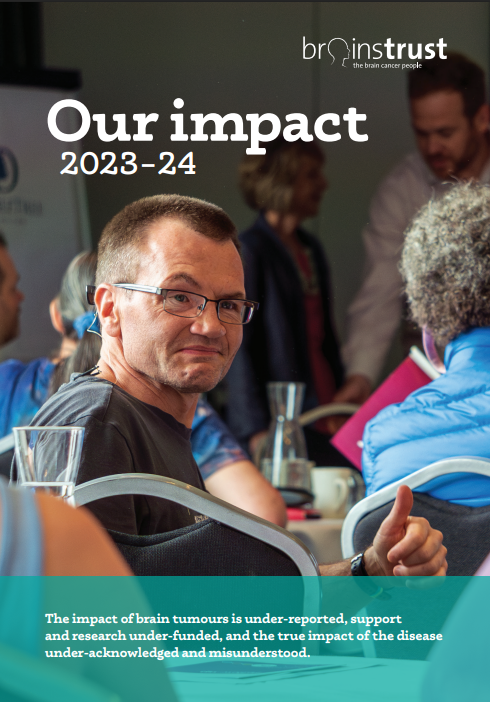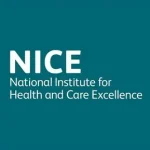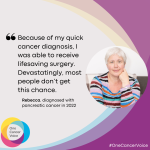Communication is never more important then when you are diagnosed with a life-limiting condition. And this is thrown ever more into relief when it is a glioblastoma, which can rob a person of their ability to communicate.
We are proud therefore to have worked with the Leeds Institute of Medical Research to explore what matters most to people who are impacted by the devastating diagnosis of a glioblastoma. You can read more about this published research here. We recruited 32 people (patients, caregivers and healthcare professionals) to take part in semi-structured interviews. We wanted to explore their experiences and preferences around GBM treatment communication.
What did we find out? Well, four themes emerged:
- Communication practice and preferences. Risks and side-effects of anti-tumour treatments were explained clearly, with information layered and repeated. Treatment was often understood to be ‘the only option’. Understanding the impact of side-effects could be enhanced, alongside information about support services.
- What matters most. Patients/caregivers valued being well-supported by a trusted treatment team, feeling involved, having control and quality of life. Healthcare professionals similarly highlighted trust, maintaining independence and emotional support as key.
- Decision-making. With limited treatment options, trust and control are crucial in decision-making. Patients ultimately prefer to follow healthcare professional advice but want to be involved, consider alternatives and voice what matters to them. One thing of which we observe in our daily engagement with people living with a brain tumour is that opting for no treatment is an option and this isn’t always talked through.
- Impact of COVID-19. During the pandemic, greater efforts to maintain good communication were necessary. Negative impacts of COVID-19 were limited, caregivers appeared most disadvantaged by pandemic-related restrictions.
What does this mean?
For patients and their caregivers, they would like better information about the real-life side effects. Our health information and also our peer support service help to reduce isolation, the fear of the unknown and help to make sense of what is happening. These services close the gap about the imagined impact of treatments and what really happens.
We also learnt the people want to be more involved in decision making. This aligns with the shared decision making agenda, but to be able to take part in a discussion which has shared decision making principles at its heart you need to have the right information. This is why we place so much emphasis on our trusted health information, which is accredited with the PIF Tick.
Finally, in order to communicate effectively, there needs to be trusting relationships, where patients and caregivers feel in control and have reliable information to be able to make informed decisions.
–
Want more support and advice about a Glioblastoma diagnosis? Visit our GBM hub here.










